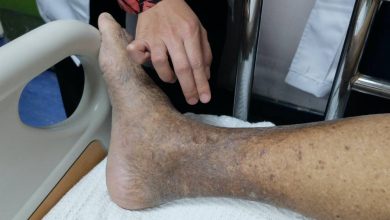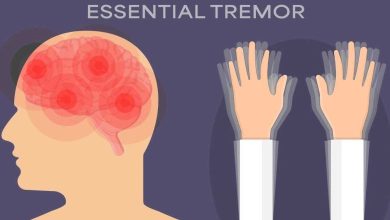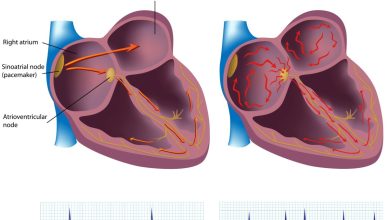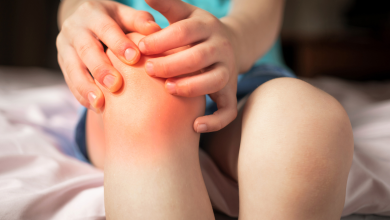Creutzfeldt-Jakob Disease Causes, Symptoms, Diagnosis and Treatment
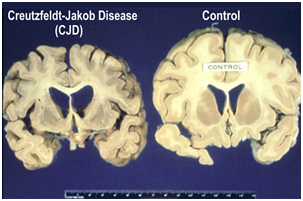
What is Creutzfeldt-Jakob Disease?
Creutzfeldt-Jakob disease (CJD) is a rare, degenerative, invariably fatal brain disorder. It affects about one person in every million people worldwide every year; In the United States, there are about 300 cases per year. CJD appears mostly in later life and runs a fast course.
Causes of Creutzfeldt-Jakob Disease:
Creutzfeldt-Jakob Disease is caused by a protein called a prion. A prion causes normal proteins to fold abnormally. This affects other proteins’ ability to function.
CJD is very rare. It occurs in about 1 of every 1 million people.
There are several types of Creutzfeldt-Jakob Disease. The classic types are:
- Sporadic Creutzfeldt-Jakob Disease makes up most cases. It occurs for no known reason. The average age at which it starts is 65.
- Familial CJD occurs when a person inherits the abnormal prion from a parent (this form of CJD is rare).
- Acquired CJD includes variant CJD (vCJD), the form related to mad cow disease. Iatrogenic CJD is also an acquired form of the disease. Iatrogenic CJD is sometimes passed through a blood product transfusion, transplant, or contaminated surgical instruments.
- Variant CJD is caused by eating infected meat. The infection that causes the disease in cows is believed to be the same one that causes vCJD in humans.
- Variant CJD causes less than 1% of all CJD cases. It tends to affect younger people. Fewer than 200 people worldwide have had this disease. Almost all cases occurred in England and France.
- CJD may be related to several other diseases caused by prions, including:
- Chronic wasting disease (found in deer)
- Kuru (affected mostly women in New Guinea who ate the brains of dead relatives as part of a funeral ritual)
- Scrapie (found in sheep)
- Other very rare inherited human diseases, such as Gerstmann-Straussler-Scheinker disease and fatal familial insomnia
Symptoms of Creutzfeldt-Jakob Disease:
- People may have
- Failing memory
- Behavioral changes
- Lack of coordination
- Visual disturbances
- As the illness progresses, mental deterioration becomes pronounced and involuntary movements, blindness, weakness of extremities, and coma may occur.
Diagnosis of Creutzfeldt-Jakob Disease:
Only a brain biopsy or an examination of brain tissue after death (autopsy) can confirm the presence of Creutzfeldt-Jakob disease, accurate diagnosis can be based on your medical and personal history, a neurological exam, and certain diagnostic tests.
In addition, these test helps in detecting CJD
- Electroencephalogram (EEG).
- Magnetic Resonance Imaging (MRI).
- Spinal fluid tests.
Treatment of Creutzfeldt-Jakob Disease:
There’s currently no cure for Creutzfeldt-Jakob Disease, so treatment aims to relieve symptoms and make the affected person feel as comfortable as possible.
This can include using medication such as
- Antidepressants to help with anxiety and depression, and painkillers to relieve pain. Some people will need nursing care and assistance with feeding.
By : Natural Health News

